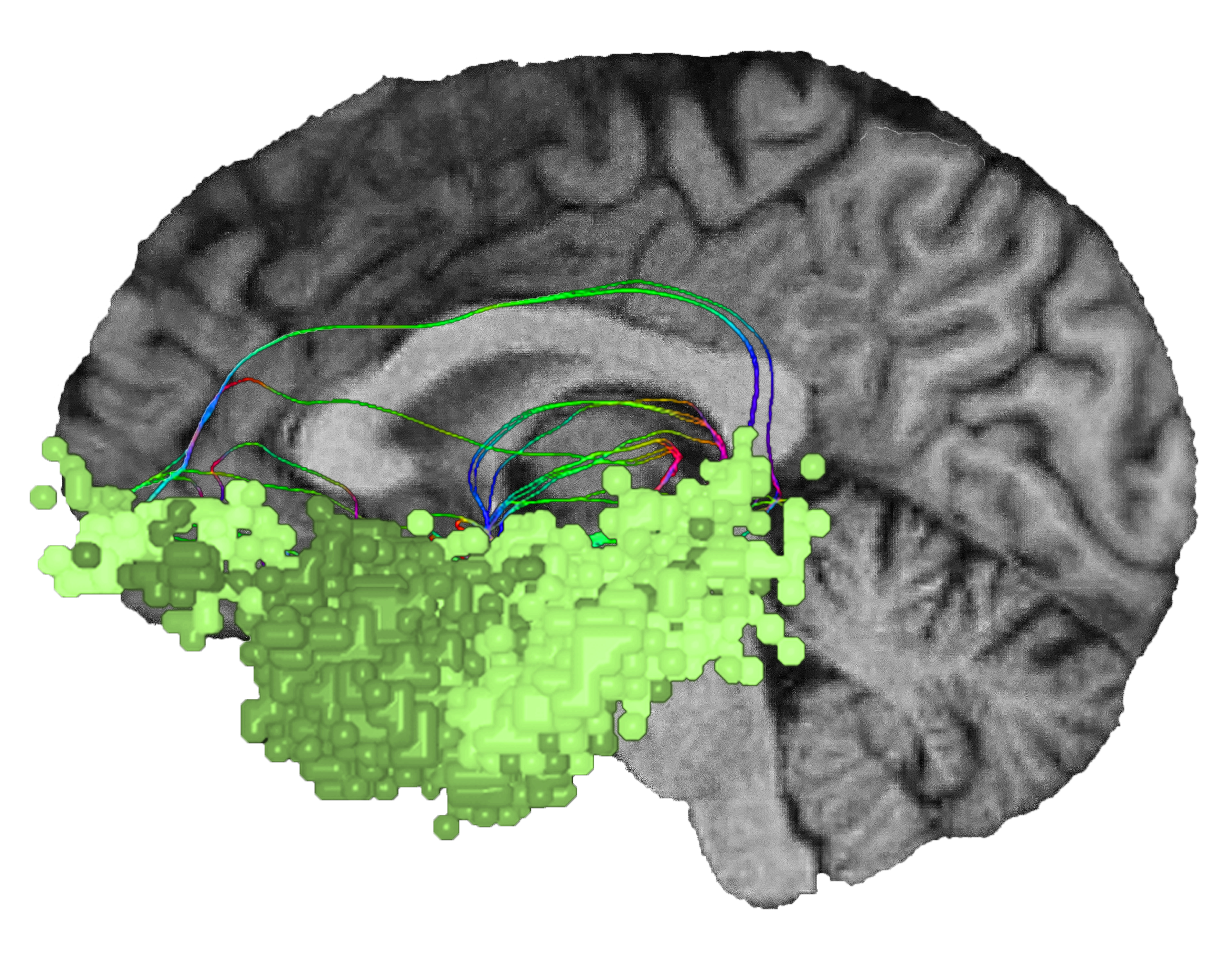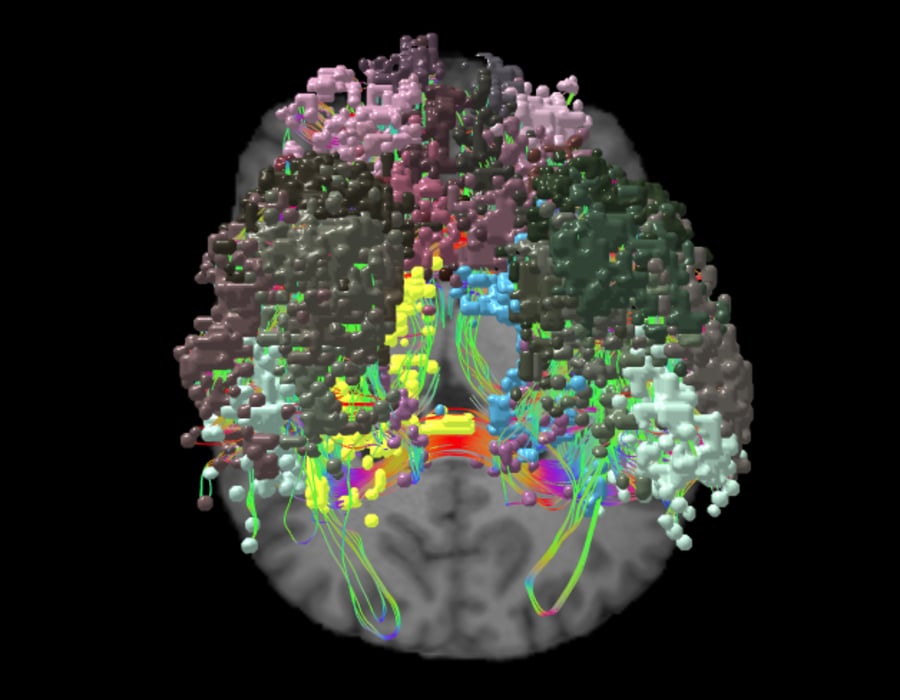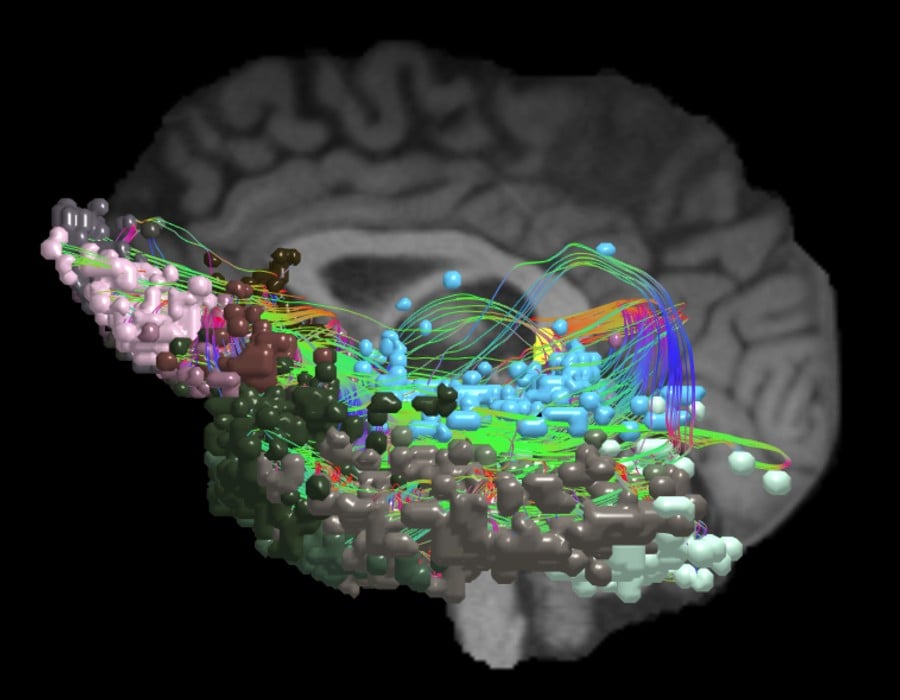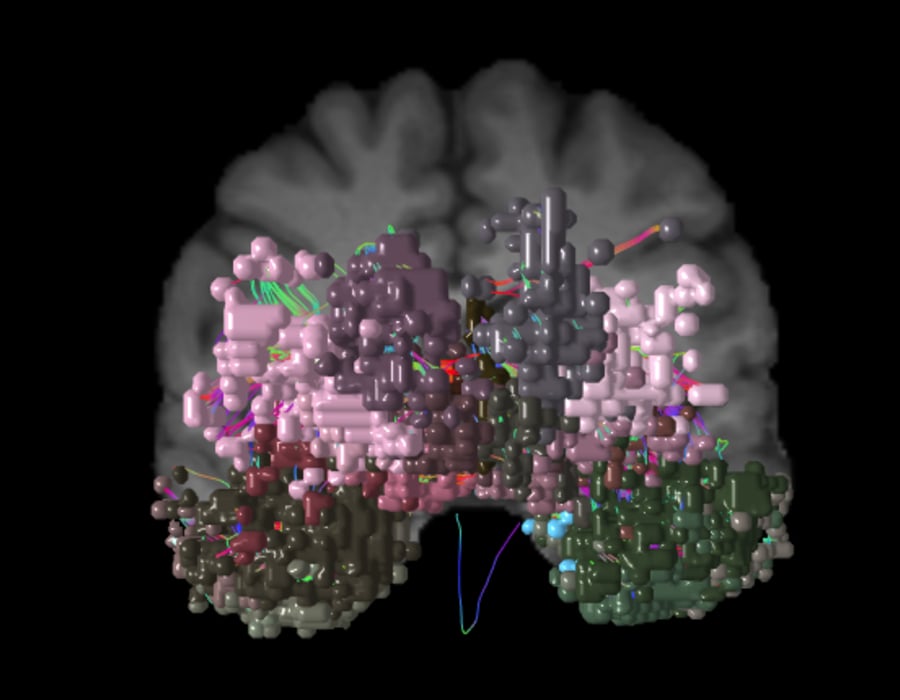As a primitive survival tool, the limbic system controls fundamental and core brain functions, such as alertness, motivation, and learning.2 As the human species developed throughout history, the limbic system evolved to play a role in more complex behaviors and functions (as is the case in our restaurant analogy).
To operate cohesively with the other important areas of the brain, the limbic system has key integrations with paralimbic areas, such as the orbital frontal cortex, intermodal frontal lobe, and the fusiform gyrus.
The limbic system also has connections to other brain networks for regulating key functional processes. The limbic system modulates:
-
-
The sensorimotor network for sensory perception, spatial reasoning, and motor commands
-
The language subnetwork for language processing
-
The olfactory system for analyzing smells6
-
The central gustatory system for the sense of taste14
-
The default mode network for memory, self-referential processing,15 and behavioral decision-making
While each brain network has key characteristics and processes, it is important to remember that every network modulates the interaction of other networks. None exist in a vacuum. Many connections in one network will activate connections in another network, and the limbic system may change or regulate how that activation works.
In addition to regulating the brain’s core processes, the limbic system can also determine how connections fire within other brain networks. And while it won’t directly impact another network’s functional connectivity, it changes the context in which other networks operate.
Though the limbic system has been an integral part of the human brain throughout our evolution, we are still uncovering connections between the limbic system and other brain networks. These discoveries will continue to give insight into how the limbic system regulates key processes and visceral emotions in our brain.






